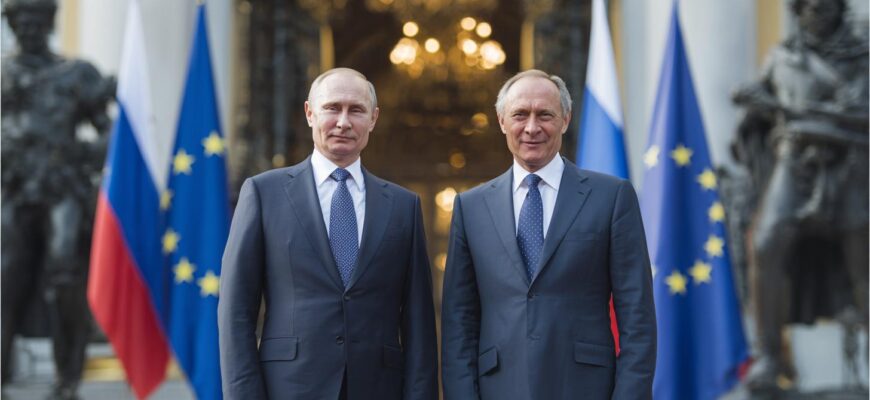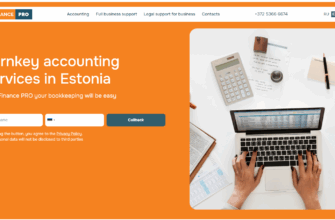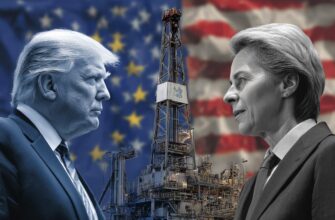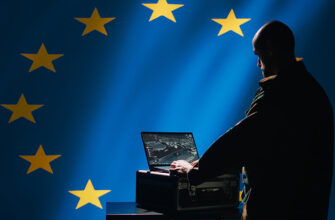The EU has become one of Russia’s top three trading partners despite sanctions, a paradox that has puzzled policymakers and economists alike. Behind that blunt statistic lies a web of legal exceptions, entrenched energy ties, rerouted logistics and the simple reality that trade rarely follows the neat lines drawn in political statements. This article unpacks the forces that kept European commerce with Russia alive and explores what it means for diplomacy, business and everyday life.
- Sanctions reshaped the map but did not erase connections
- Energy: the freight train that was hard to stop
- Non-sanctioned goods, services and the anatomy of continued trade
- Rerouting, third parties and the shadow economy of trade
- The political economy of interdependence
- Compliance, enforcement and the role of firms
- Consequences for markets and long-term trends
- Where things might head next
- Quick reference: why trade persisted
- Final thoughts and what to watch
Sanctions reshaped the map but did not erase connections
When the EU and its allies rolled out sanctions packages, the intention was to choke off revenue streams and make economic life costly for Russia. Those measures were wide-ranging: asset freezes, export controls on dual-use technologies, and restrictions on certain financial institutions. Yet sanctions don’t operate in a vacuum; they interact with existing contracts, legal exceptions and global supply chains.
Many transactions continued under clear legal exemptions. Energy-related commerce, transit arrangements, and humanitarian goods were often carved out or phased in, leaving room for trade to persist. Companies and governments also scrambled to interpret rapidly changing rules, and that legal uncertainty sometimes favored continuity over abrupt cutoff.
The practical effect was a sharp reduction in some lines of trade but a surprising resilience in others. Where there was demand in Europe and a willing seller in Russia, buyers and sellers found ways to keep goods moving, even as volumes, prices and routes shifted. That resilience is part structural — rooted in where factories, ports and pipelines already exist — and part tactical, shaped by business decisions and the actions of intermediaries.
Energy: the freight train that was hard to stop
Energy exports are the single biggest reason Russia remains a major trading partner for the EU. Before the crisis, Europe relied heavily on Russian oil and gas; those links were embedded in infrastructure that could not be rewired overnight. Even as imports fell, the scale of pre-existing contracts and storage, plus the time needed to find alternatives, kept fuel flows and payments moving for longer than many anticipated.
That reality was compounded by legal and logistical constraints. Some sanctions explicitly exempted energy shipments or included transition periods to avoid sudden supply shocks in Europe. In practice, this meant that, for months, shipments continued under tight oversight rather than being halted immediately. The result: Europe continued to buy enough energy that Russia’s export revenue stream did not disappear.
At the same time, energy trade found new patterns: sea routes, ship-to-ship transfers, and alternative insurers helped reroute oil that could no longer travel along pre-war pipelines. These changes reduced transparency and raised costs, but they also allowed volumes to keep moving — sustaining a trading relationship that looked much smaller on paper than it did in economic effect.
Non-sanctioned goods, services and the anatomy of continued trade
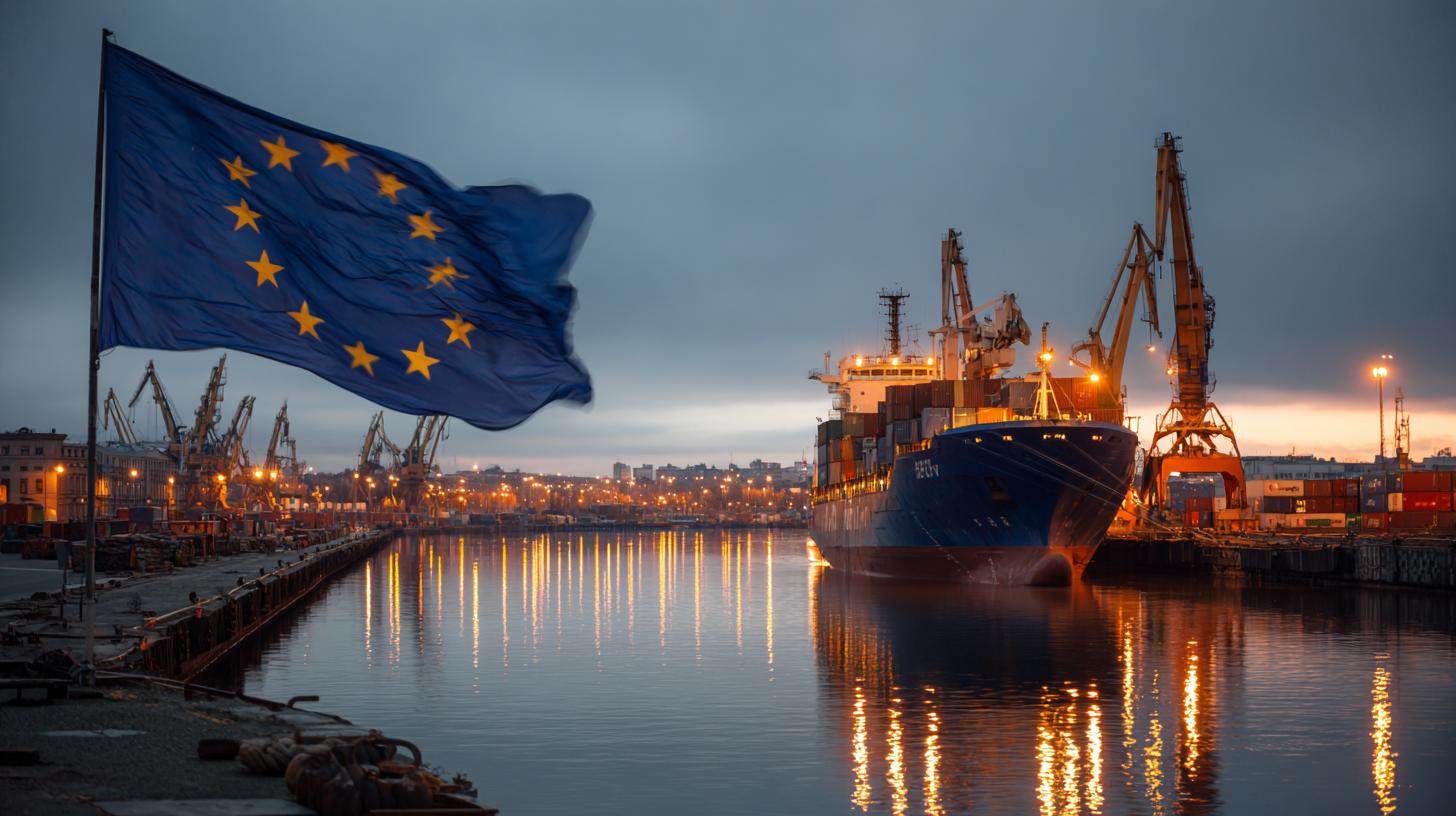
Sanctions targeted sectors and specific items, but vast swaths of trade remained legal. Agricultural products, certain chemicals, consumer goods and medical supplies often fell outside the latest bans. Europe continued to import and export these items, sometimes in modified quantities or under stricter compliance checks.
Services — shipping, insurance, logistics, and legal counsel — also kept working, albeit with new due diligence. Ports in the Baltic, Black Sea, and Mediterranean saw cargoes change composition rather than stop entirely. Freight forwarders and customs brokers introduced extra layers of verification to screen for prohibited end-uses or sanctioned entities.
Another quiet driver was contracts and payment obligations. Long-term supply agreements and letters of credit didn’t dissolve instantly; businesses honored, negotiated or litigated their way through disruptions. In that tug-of-war, some trade flows continued because the legal and financial framework required them to do so.
Rerouting, third parties and the shadow economy of trade
One visible effect of sanctions was the rise of intermediary markets and rerouting through third countries. Firms in Turkey, the UAE, China and parts of Central Asia became hubs for re-exports, relabeling, or repackaging, allowing goods to move between Russia and Europe without always showing a direct corridor. This isn’t always illegal — many of these transactions are legitimate re-exports — but they complicate traceability.
Shipping tactics also adapted. Analysts documented increased use of ship-to-ship transfers, changes in flag registrations, and longer, indirect voyages to obscure origin or destination. Insurance and financial services adapted too; when traditional providers backed away, alternative insurers and clearing mechanisms stepped in, often at a premium. These practical adjustments kept goods moving despite tighter official controls.
It’s worth noting that not all rerouting is criminal; sometimes it’s simple pragmatism. A factory in Europe that relied on a Russian supplier found a new transport route to honor delivery schedules. What looks like circumvention from afar can be a chain of legitimate business decisions on the ground.
The political economy of interdependence
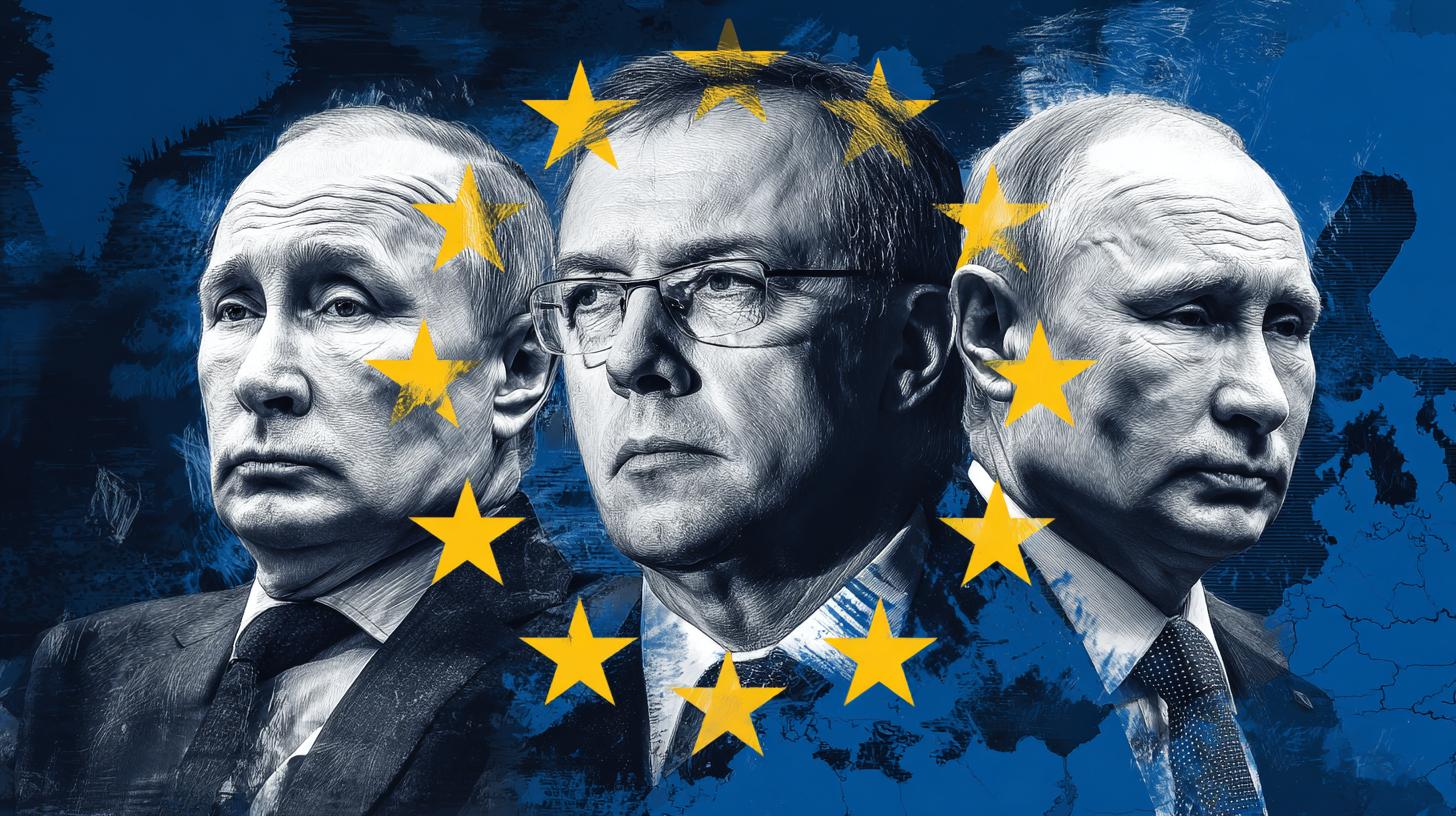
Trade ties are not just commercial; they’re political. European politicians had to balance punitive measures with domestic economic stability. Sudden cuts in critical imports can create political blowback that weakens public support for sanctions. Energy shortages, higher fuel bills and disruptions to industrial supply chains force policymakers to proceed cautiously.
At the same time, economic interdependence works both ways: Russia depends on European technology, machinery and parts for key industries, and Europe depends on raw materials and energy. Sanctions aim to exploit those mutual dependencies, but when both sides can absorb pain for a while, the relationships morph rather than vanish.
This tug created a diplomatic paradox: the desire to impose pressure without triggering economic crises at home. That tension explains why the EU remained a major trading partner for Russia even as political rhetoric grew harsher.
Compliance, enforcement and the role of firms
Sanctions are only as effective as enforcement permits. Governments expanded customs checks, blacklisted entities, and increased penalties, but business compliance is uneven. Multinational companies face conflicting pressures: shareholders demand profits, regulators demand adherence, and managers often face legal gray zones. This complexity creates gaps that keep some trade alive.
Smaller firms and intermediaries can be particularly nimble. They may lack the in-house compliance teams of large corporations, making them more vulnerable to missteps or more likely to exploit ambiguous rules. Conversely, large exporters sometimes use their legal departments to navigate exemptions and secure licenses for legitimate trade. Both forces contributed to the persistence of commerce.
From my own reporting, conversations with midsize exporters underscored the point: many businesses simply want clarity so they can plan. When rules are changing weekly, the default often becomes cautious continuity rather than abrupt cessation — and that preserves trading volumes.
Consequences for markets and long-term trends
In the short term, continued trade cushioned price shocks and prevented immediate collapses in availability for certain goods. That was a relief for consumers and some industries, but it also diluted the immediate economic pressure sanctions were meant to create. Over the medium term, though, patterns began to change more profoundly.
Investment trends shifted as companies sought to reduce exposure. European firms diversified suppliers, built alternative logistics arrangements and accelerated investments in renewables and domestic production for critical inputs. Russia likewise doubled down on pivoting trade eastward and on import substitution in sensitive sectors. Those structural moves will likely reshape trade balances over several years.
Ultimately, the persistence of trade has been a reminder that economic policy is a blunt instrument. It takes time, coordination and sustained enforcement to move the needle on entrenched flows. The EU’s role as a top trading partner to Russia despite sanctions reflects that reality.
Where things might head next
Expect continued adaptation. If sanctions tighten further, more transactions will be driven underground or shifted to new partners. If diplomatic paths open, some trade could normalize quickly. The key variables are legal clarity, enforcement capacity and geopolitical developments — especially in energy markets.
For businesses, the practical advice remains constant: invest in compliance, diversify suppliers, and plan for contingencies. For policymakers, the lesson is that targeted, enforceable measures accompanied by international cooperation yield stronger results than unilateral declarations alone. Partnerships with financial centers and transit hubs matter as much as headline bans.
For ordinary people, the effects will be tangible in energy bills, factory jobs and the availability of certain goods. These are the human stakes behind the numbers and the reason why trade policy attracts so much attention.
Quick reference: why trade persisted
| Driver | Why it mattered | Example |
|---|---|---|
| Energy infrastructure | Long-term contracts and pipelines are hard to replace quickly | Continued oil and gas shipments under phased measures |
| Legal exemptions and transition periods | Sanctions often exclude humanitarian goods and essential energy | Phased bans and authorized exports |
| Rerouting and intermediaries | Third countries and shipping tactics preserve flows | Re-exports through non-EU ports and longer shipping routes |
| Business incentives | Contracts, profit motives and legal ambiguity encourage continuity | Companies negotiating or maintaining supply chains |
Final thoughts and what to watch
The fact that the EU has become one of Russia’s top three trading partners despite sanctions should not be read as failure or inevitability alone. It reflects a complex interaction of law, logistics, energy dependence and human decisions. Understanding that complexity is crucial for anyone trying to predict the next move in this economic chess game.
Watch for tighter enforcement measures, shifts in energy sourcing, and changes in global shipping patterns. Those will be the indicators that trade is being rerouted for the long term rather than merely delayed. For journalists, businesses and citizens, the lesson is simple: keep tracking both the headline policies and the messy, practical ways commerce adapts.
Interested in more detailed analyses and ongoing coverage? Visit https://themors.com/ and read other materials from our website.

